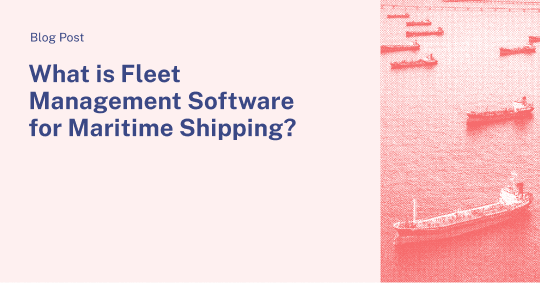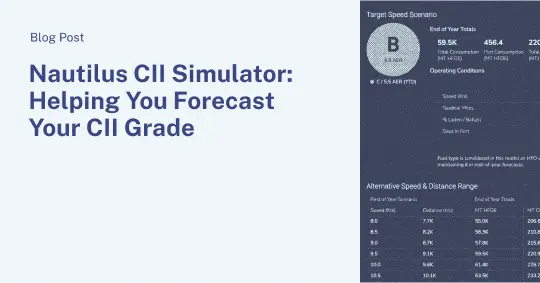The European Union Emissions Trading System (EU-ETS) is a regulatory framework designed to reduce greenhouse gas emissions from certain industries. From 2024, the EU-ETS will also include shipping.
The speed at which new regulatory changes are entering the maritime industry is rapidly increasing and the nuances between the rules and regulations are becoming increasingly difficult to follow. Technological and optimization solutions are key to helping Owners and Charterers navigate this difficult landscape.
Since CII affects Owners most directly, it will be challenging to implement measures to maintain or improve CII grades considering that Charterers are the ones that will operate the vessels on a day-to-day basis. With the implementation of the EU-ETS, Owners and Charterers will now have to work more collaboratively.
One aspect that the EU-ETS will affect is the decision-making process for choosing the best vessel for each trade. Firstly, the EU-ETS increases the cost of operating vessels that emit greenhouse gasses. This can lead to greater operating costs for ship Owners, which can in turn result in higher charter rates for vessels.
Secondly, the EU-ETS incentivizes companies to procure more environmentally-friendly vessels. Vessels with greater emissions efficiency will require fewer allowances and therefore will be more cost-effective to operate. This may lead to increased demand for ships with lower emissions and a slump in demand for ships with higher emissions. In broking, a common saying is that sometimes the worst performing vessel can sometimes get the best rate by virtue of being the last in the market to be chosen. The added costs concomitant with the EU-ETS may now make this aphorism obsolete as it might simply become too uneconomical to perform the trade required.
Finally, the EU-ETS may also encourage companies to engage in emissions trading. If a company has excess allowances, they may choose to sell them to another company that needs them to comply with the cap. This may lead to a more efficient use of allowances and potentially lower costs for companies that need to purchase them. Those with excess allowances may also use this as leverage to gain lower charter costs in the market. Could this create a two-tiered market where the larger majors and traders obtain the lower charter costs and maximize the trades whereas the smaller trading and utility companies end up having to pay more for similar trades?
Fleet, vessel, and voyage optimization can empower Owners and Charterers to reduce their carbon emissions, reduce their operating costs, and improve the efficiency and reliability of their shipping operators. This is imperative to retaining a commercial advantage while managing the implications of the EU-ETS amid the compounding intricacies of today’s market.
—
Want to learn more? Don’t miss CEO Matt Heider speaking at the Financial Times Global Commodities Summit in Switzerland on March 22. Meet Matt, Taylor, and the team and schedule a virtual or in-person meeting today.



